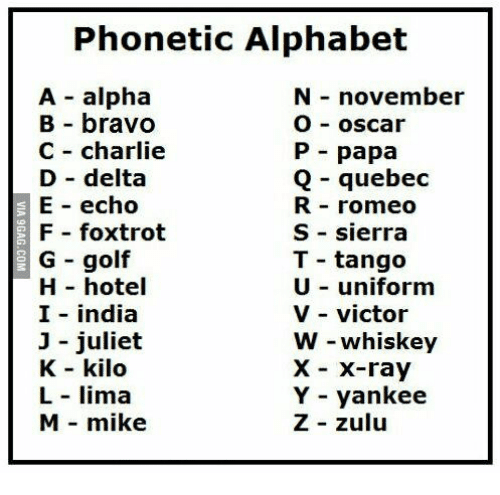Phonetic Alphabets
Phonetic alphabets are at least as old as radio communications, meeting the need for precise transmission of alpha-numeric information, such as map grids. During World War II, all combatant nations had standardized phonetics, though the Allies’ multiple systems frequently overlapped. For instance, in 1941, the U.S. Army and Navy had different alphabets, and throughout most of the war, the British army, navy, and air force had their own similar but not identical systems. By 1944 the Anglo-Americans had agreed upon a standard phonetic alphabet, but changes still occurred.
The phonetic alphabet and, of course, the phonetics that accompanied them were part and parcel of the language of D-Day. The Normandy landing beaches were divided into specific sectors, each with a phonetic identifier. For example, the opening scene of Saving Private Ryan occurs at Omaha Dog Green Sector.
“The Incredible Logistics of D-Day”: For the complete “History Unplugged” podcast, click here!
The World War II German system was little changed from the First World War. Some differences in 1914–18 were Charlotte, Julius, Theodore, and Ypsilon. Additionally, Germany’s Great War phonetic alphabet actually had separate phonetics for words with umlauts, which are pronounced as an E sound, such as Oedipus or Uebel. So, in many ways, the phonetic alphabet was a great deal more complicated than the passive observer may have thought initially. See below for the American and German versions of the phonetic alphabet.
Phonetic Alphabet Chart
| American | German | NATO |
| Dog | Dora | Delta |
| Easy | Emil | Echo |
| Fox | Friedrich/Fritz | Foxtrot |
| George | Gustav | Golf |
| How | Heinrich | Hotel |
| Item | Ida | India |
| Jig | Josef | Juliet |
| King | Konrad/Kurfurst | King |
| Love | Ludwig | Lima |
| Mike | Martha | Mike |
| Nan | Nordpol | November |
| Oboe | Otto | Oscar |
| Peter | Paula | Papa |
| Queen | Quelle | Quebec |
| Roger | Richard | Romeo |
| Sugar | Siegfried | Sierra |
| Tare | Toni | Tango |
| Uncle | Ulrich | Uncle |
| Victor | Viktor | Victor |
| William | Wilhelm | Whiskey |
| Xray | Xantippe | Xray |
| Yoke | Ypern | Yankee |
| Zebra | Zeppelin | Zulu |
This article on the phonetic alphabet is part of our larger selection of posts about the Normandy Invasion. To learn more, click here for our comprehensive guide to D-Day.
Additionally, the Royal Navy introduced a version of the phonetic alphabet in 1917. That version can be found below:
| Letter | Royal Navy (1917) |
| A | Apples |
| B | Butter |
| C | Charlie |
| D | Duff |
| E | Edward |
| F | Freddy |
| G | George |
| H | Harry |
| I | Ink |
| J | Johnnie |
| K | King |
| L | London |
| M | Monkey |
| N | Nuts |
| O | Orange |
| P | Pudding |
| Q | Queenie |
| R | Robert |
| S | Sugar |
| T | Tommy |
| U | Uncle |
| V | Vinegar |
| W | Willie |
| X | Xerxes |
| Y | Yellow |
| Z | Zebra |
Cite This Article
"Phonetic Alphabet: How Soldiers Communicated" History on the Net© 2000-2024, Salem Media.
July 24, 2024 <https://www.historyonthenet.com/phonetic-alphabet-how-soldiers-communicated>
More Citation Information.

